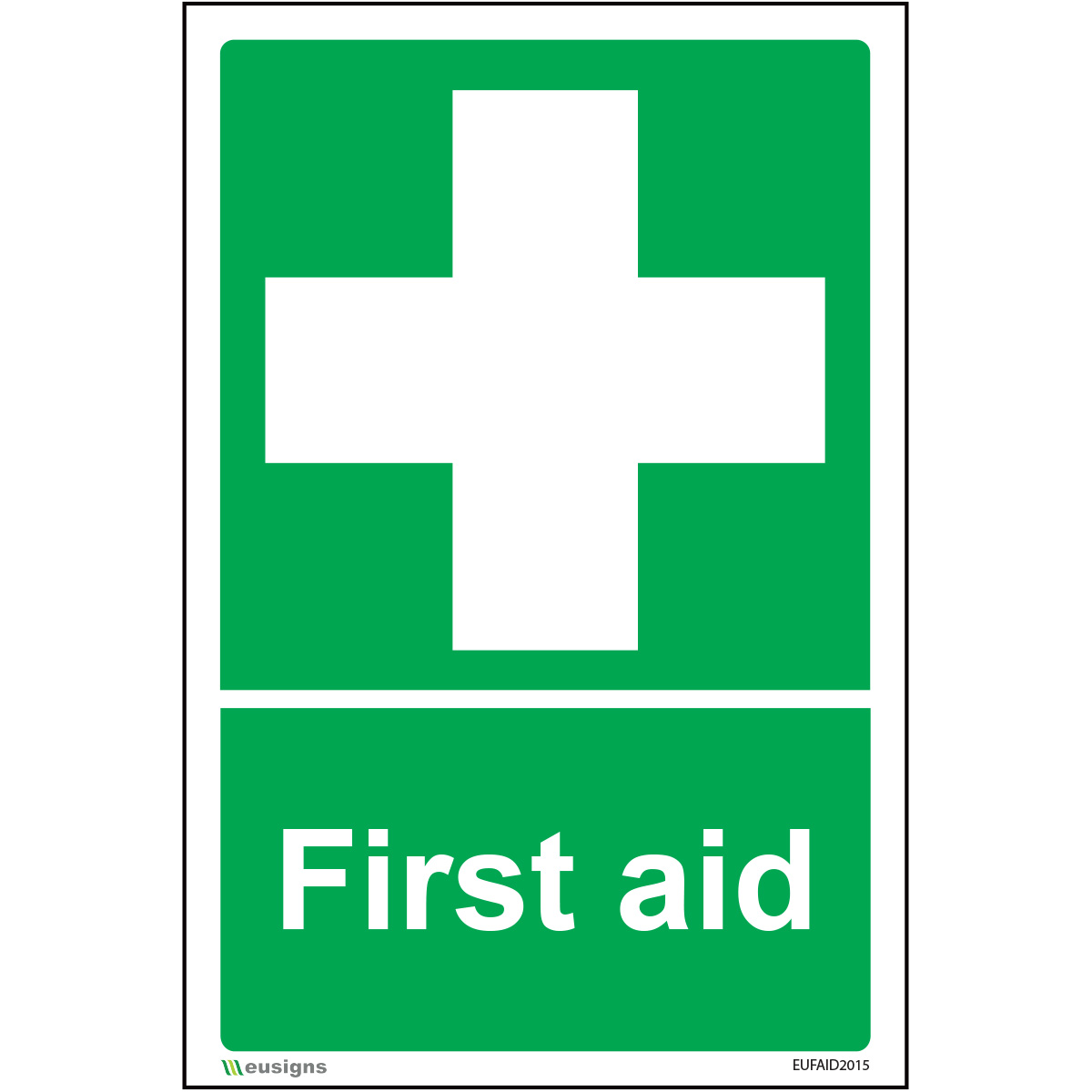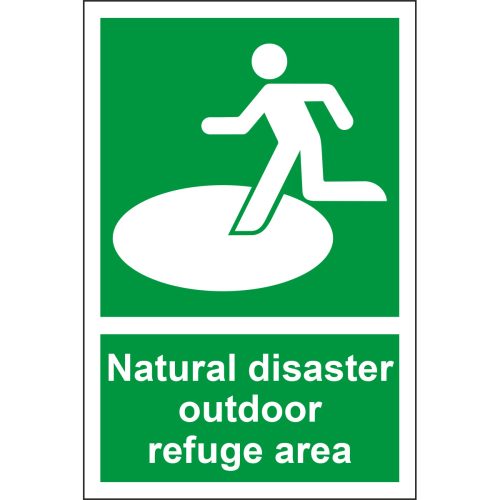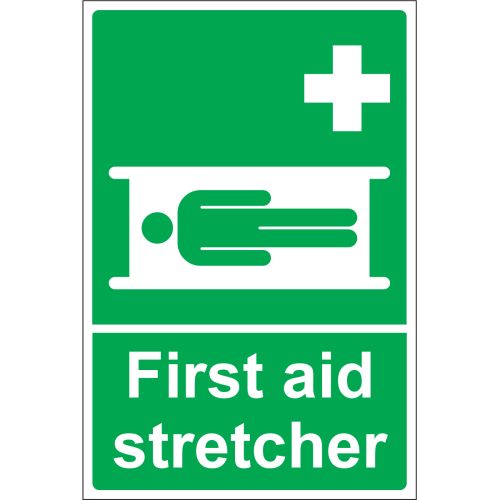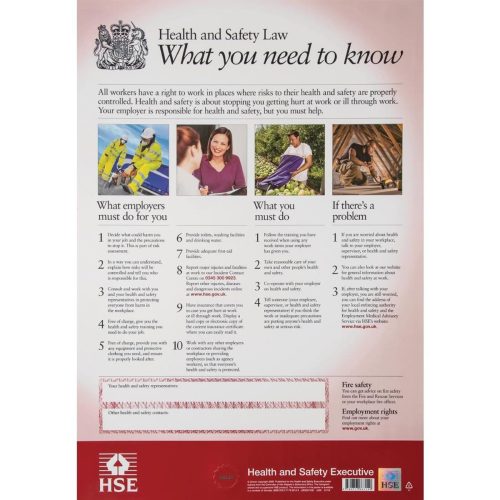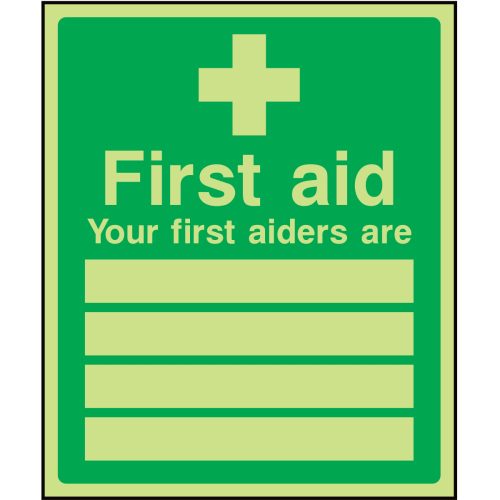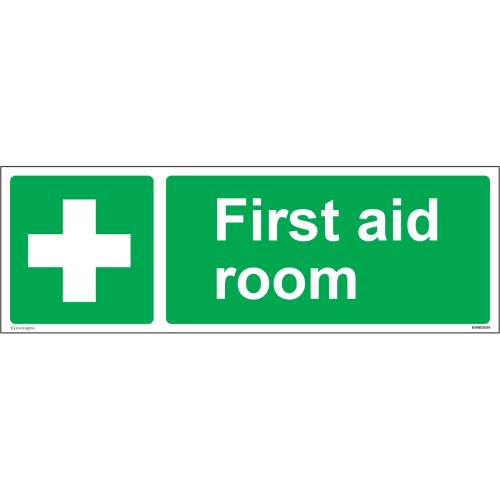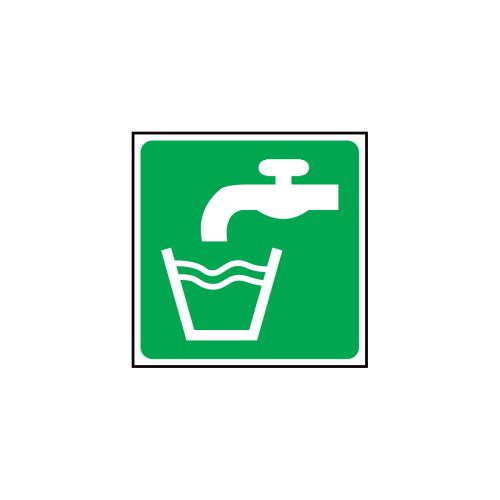Product Categories
- Health and Safety Signs
- First Aid Signs
- Construction Signs
- Warning Signs
- Footpath Signs
- Combination Safety Signs
- Protective Equipment Signs
- Office Signs
- Social Distancing Essentials
- CCTV in Operation Signs
- Information Signs
- Garage Signs
- Health & Safety Posters
- Door Signs
- Health and Safety Stickers
- Custom Printed Banners
- Printed Business Stationery
- Workwear
- Deals
First Aid Sign – Portrait
£1.20 – £26.33Price range: £1.20 through £26.33
SKU: FAID2015
First Aid – Portrait
All the signs in the First Aid Signs and category conform to the Health & Safety Signs and Signals Regulations – BS 5499-1 and EN ISO 7010. Please contact us at info@eusigns.co.uk for customised size and design requests.
First Aid Sign – Portrait
The First Aid Sign – Portrait gives staff, contractors and visitors an unmistakable route to help when seconds matter.
Because it follows the ISO 7010 safe-condition style (green field with white cross), recognition is immediate even in noisy, multilingual
or stressful situations. Moreover, the portrait layout sits neatly on doors, cupboards and narrow bays, so the message stays where the eye
naturally falls. Use the First Aid Sign – Portrait to standardise your first aid wayfinding across floors and shifts,
reduce hesitation during incidents, and support your documented first aid arrangements.
Why choose the First Aid Sign – Portrait for your site
Clarity under pressure is non-negotiable. Therefore this design keeps the legend simple, the contrast high and the
symbol consistent with UK expectations. In addition, the portrait form factor avoids clashes with push plates, glazing
and door closers, which means you can place it at a consistent eye height throughout the estate. Finally, by aligning the
look and feel with your other safe-condition messages, the First Aid Sign – Portrait reinforces a single visual
language that people trust and follow.
Key benefits at a glance
- ISO 7010 styling: Green background with the white first-aid cross for universal recognition.
- Door-ready portrait format: Optimised proportions for single and double doors, cupboards and narrow wall bays.
- Durable materials: Vinyl, PVC, Foamex (3 mm, 5 mm), Aluminium Composite (3 mm, 5 mm, 10 mm), 10 mm Foamex, Anti-scratch vinyl and Glow in the Dark options.
- Hygiene-friendly finishes: Matte or anti-graffiti laminate for easy cleaning without glare.
- Customisation available: Add arrows, bilingual text or corporate branding on request.
How the First Aid Sign – Portrait improves response times
In an emergency, people scan for colour and shape before they process words. Consequently, the ISO 7010 first-aid cross
lands faster than any sentence. The First Aid Sign – Portrait leverages that instinct: it signals “safe/help” in
a fraction of a second and, therefore, shortens decision-making. Furthermore, because the sign repeats across your corridors
and department doors, it trains the eye during everyday use. During drills and real incidents alike, that familiarity pays off.
Integrate with your wider wayfinding
To remove friction, pair the First Aid Sign – Portrait with related ranges:
- First Aid Box signs for cupboards and kits,
- Directional First Aid signs along approach routes,
- AED and Defibrillator signs near devices,
- Safe Condition signs for other green “safe” messages, and
- Fire Exit signs to support evacuation. Together, these ranges create an intuitive,
joined-up system that guides people from incident to treatment, and then out to the assembly point if required.
UK legislation and standards you should know
The Health and Safety (First-Aid) Regulations 1981 require employers to provide adequate and appropriate equipment, facilities and personnel.
Meanwhile, the Health and Safety (Safety Signs and Signals) Regulations 1996 implement EU Directive 92/58/EEC and align UK workplaces with
standardised colours, shapes and symbols. In practice, a First Aid Sign – Portrait using the ISO 7010 first-aid cross (E003) and a green
safe-condition background helps you meet these expectations. For authoritative guidance on first aid at work, planning and training, consult the
HSE First Aid at Work overview. Because this product follows the recognised
symbol conventions, it complements your assessments and supports audits without unnecessary explanation.
Where the First Aid Sign – Portrait belongs
Place the sign wherever people might reasonably seek first aid: treatment rooms, reception desks, welfare areas, security points, workshops,
kitchens, gyms and education settings. Additionally, repeat it along longer corridors so the next marker is always “in sight.” If a first-aid room
sits around a corner, add a directional variant just before the turn. Crucially, mount the First Aid Sign – Portrait at a consistent
height (typically 1.5–1.7 m to centre) so the eye learns where to look on every floor.
Size selection guide for a portrait first aid door sign
Although many factors influence visibility—lighting, viewing angle, clutter and speed of travel—you can still choose confidently by matching the
sign footprint to your viewing distance and door geometry. As a rule of thumb, aim for generous symbol height and keep the green field clear of
competing notices. If you plan to use a secondary line of text (for example, “First Aid Room”), increase the panel size accordingly so the cross
and the legend both read at a glance.
Choosing a size that works in the real world
Start with the furthest point from which you want the First Aid Sign – Portrait to be recognisable (for a standard corridor, that might
be 10–20 m). Next, check door furniture, glazing and push plates so nothing intrudes into the sign area. Finally, consider whether people approach
from one direction or two; if both, repeat the sign on the meeting-room side of a through door, or add a second marker on the approaching wall to keep
sightlines clean. Because consistency breeds speed, use the same size for all doors on a floor unless a location is unusually long or wide.
Materials, finishes and durability
Different spaces demand different substrates. Therefore, we offer a practical set of choices that balance cost, longevity and hygiene. Vinyl works
beautifully on smooth doors and cupboards. Rigid PVC provides economical flatness for offices and schools. Foamex (3 mm or 5 mm) offers extra
impact resistance in busier corridors. Aluminium Composite (3 mm, 5 mm and 10 mm) delivers a premium, long-life finish for public buildings
and harsh environments. Additionally, Anti-scratch vinyl and Glow in the Dark options improve resilience and night-time visibility respectively.
If your specification calls for something unusual, please contact sales@eusigns.co.uk or call 02033752100
to discuss project-specific materials.
Finish options that stay readable
Glare hides information when you least expect it. Consequently, our matte and anti-graffiti laminates control reflections and make routine cleaning easy.
For food prep areas and healthcare, a sealed face resists splashes and wipes down quickly without ghosting. For schools and public venues, anti-graffiti
laminate resists marker pens, which keeps the First Aid Sign – Portrait looking professional for longer.
Installation: fast, tidy and consistent
Before fitting, clean and de-grease the surface thoroughly. Then, dry-fit the panel to confirm sightlines with the door both open and closed.
For self-adhesive vinyl, use light hinge tape on one edge, peel the liner and squeegee from centre outward to avoid bubbles. For rigid panels,
choose high-bond tape for flush doors or screws with caps where drilling is acceptable. Finally, step back along the approach route and check
for clashes with signage above or notices nearby.
Maintenance and inspection
Signage is part of your safety infrastructure. Therefore, add the First Aid Sign – Portrait to your inspection schedule.
Confirm it remains legible, well-fixed and unobstructed; remove “sign clutter” that creeps into the same field of view. Replace any panel
that becomes faded or cracked. After refurbishments, repeat wayfinding checks and re-space panels so sightlines remain clear.
Building a complete first aid signage system
To guide people from incident to treatment without confusion, combine the First Aid Sign – Portrait with a small core set of products.
First, label cupboards and kits with First Aid Box signs.
Next, mark routes using Directional First Aid signs.
Then, identify equipment such as defibrillators with AED signs.
Additionally, integrate your green “safe” messaging with broader Safe Condition signs.
Finally, ensure evacuation remains intuitive with Fire Exit signs placed at decision points.
As a result, your scheme becomes coherent, auditable and easily understood by everyone on site.
Sustainability and lifecycle
Manufacturing in the UK shortens supply chains and helps us maintain consistent quality. Moreover, durable, standard-compliant designs reduce
replacement frequency and waste over the product lifecycle. Where local facilities allow, recycle rigid substrates at end of life. If you want
help selecting lower-impact materials for the First Aid Sign – Portrait, we can recommend options that balance performance with footprint.
Free delivery & collection
We offer free local delivery for the WD6 postcode and free collection from our Borehamwood office.
For bulk orders or rollout projects, we can kit signs by floor or building, label cartons by location and provide simple install guides to speed
deployment. To discuss custom bundles, email sales@eusigns.co.uk or call 02033752100.
Customisation and project support
Every site is different. Therefore, we offer arrow variants, bilingual legends, logo lock-ups, reflective faces and oversize panels on request.
If you maintain an estate standard, we can match colour values, typography and fixings so the First Aid Sign – Portrait drops into your
existing design manual without friction. Send a brief to sales@eusigns.co.uk and our team will return a proof
rapidly for sign-off.
Summary: why this portrait first aid sign works
Because it is simple, standard and robust, the First Aid Sign – Portrait does the job every day. It reads fast, mounts tidily on doors,
and endures cleaning in the real world. More importantly, it strengthens your first aid arrangements and supports UK guidance. Choose a consistent size,
install at eye level, repeat along routes and keep visual clutter away. With those basics in place, people will always know where to find help.
Featured Products:
Related products
From: £2.50
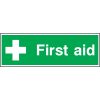
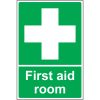
From: £1.20
